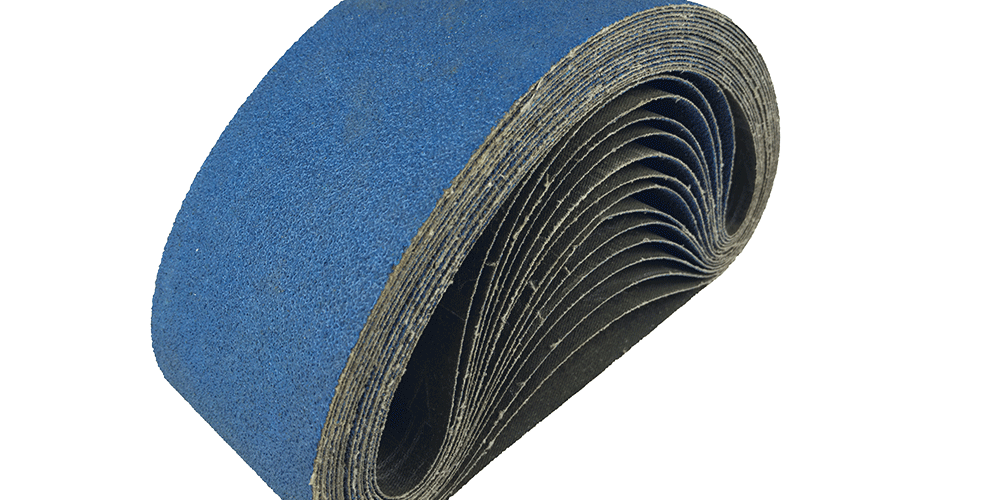Sanding belts are essential tools for achieving a smooth finish in various woodworking and metalworking applications. To ensure their longevity and optimal performance, it’s crucial to practice proper sanding belt maintenance. In this blog post, we’ll explore some tips to help you get the most out of your sanding belts.
Cleanliness is Key: Dust and debris can quickly accumulate on sanding belts, reducing their effectiveness. Regularly clean your sanding belts by using a cleaning stick or a belt cleaning block. This simple step can significantly extend their lifespan.
Tension Matters: Proper tension is essential for effective sanding. Ensure your sanding belt is correctly tensioned on your sander to prevent slippage or excessive wear. Refer to your sander’s manual for guidance.
Storage and Handling: Store your sanding belts in a cool, dry place to prevent moisture damage. Avoid bending or folding them, as this can lead to creases that affect sanding quality. Use a belt storage rack or a dedicated storage box to keep them in optimal condition.
Avoid Overheating: Excessive heat can cause premature wear and degradation of sanding belts. Take regular breaks during extended sanding sessions to prevent overheating. Cooling your belts between use can extend their lifespan.
Inspect for Damage: Before each use, inspect your sanding belt for signs of damage, such as tears or uneven wear. Replace damaged belts promptly to prevent accidents and ensure quality results.
Conclusion: Proper maintenance is essential for getting the most out of your sanding belts. By following these tips, you can extend their lifespan, reduce costs, and continue to achieve professional results in your woodworking and metalworking projects.










